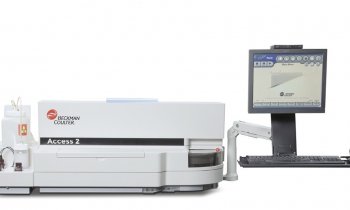Screenings beneficial in common tuberculosis areas
In areas of the UK where tuberculosis has a high prevalence, screenings could increase diagnosis both of active and latent forms of the disease and therefore could help prevent its spread.

These are the findings of a study, researchers from the Centre for Health Science, Queen Mary´s School of Medicine and Dentistry, London did on 50 general practices in Hackney, East London, UK to promote screening for tuberculosis in primary care. The practices were divided into two groups of 25: intervention and control.
The researchers found that detection rates for active tuberculosis in intervention practices were 13% higher than those in the control group, while detection rates for the latent form of the disease were also 10 % higher in the practices with the screening programme. The rates of BCG vaccination against tuberculosis were seven times higher for the practices implementing screening against the control group. All in all a seven-fold increase in BCG coverage in people aged five and over represents a striking improvement, since most interventions boost immunisation in primary care by five to 20 %.
Hackney was selected as it is one of the areas where tuberculosis is defined as common (more than 40 per 100,000 inhabitants are affected) due to high numbers of migrants from Africa and Eastern Europe, countries which have a spot of multi-drug resistant tuberculosis.
The conclusion of the authors is, that screening could have a clinically important effect, and could be recommended as part of tuberculosis control initiatives in industrialised countries.
The article was first published in the Lancet, http://www.thelancet.com/
14.05.2007
More on the subject:











